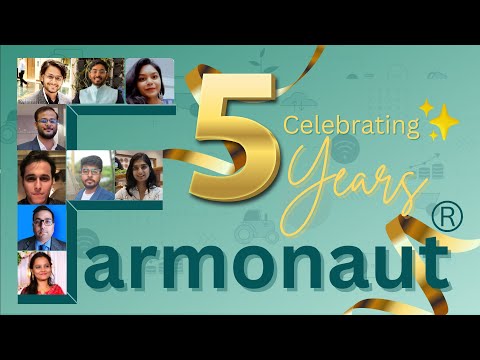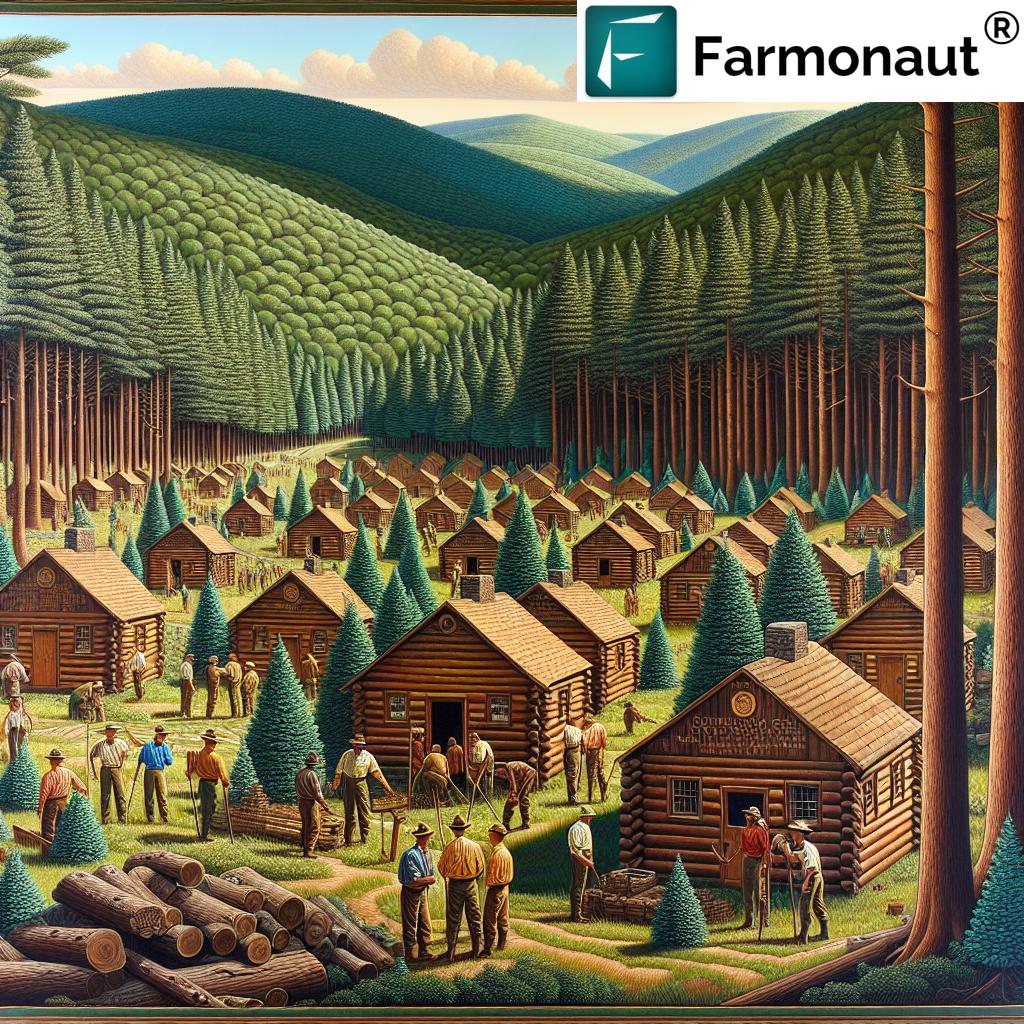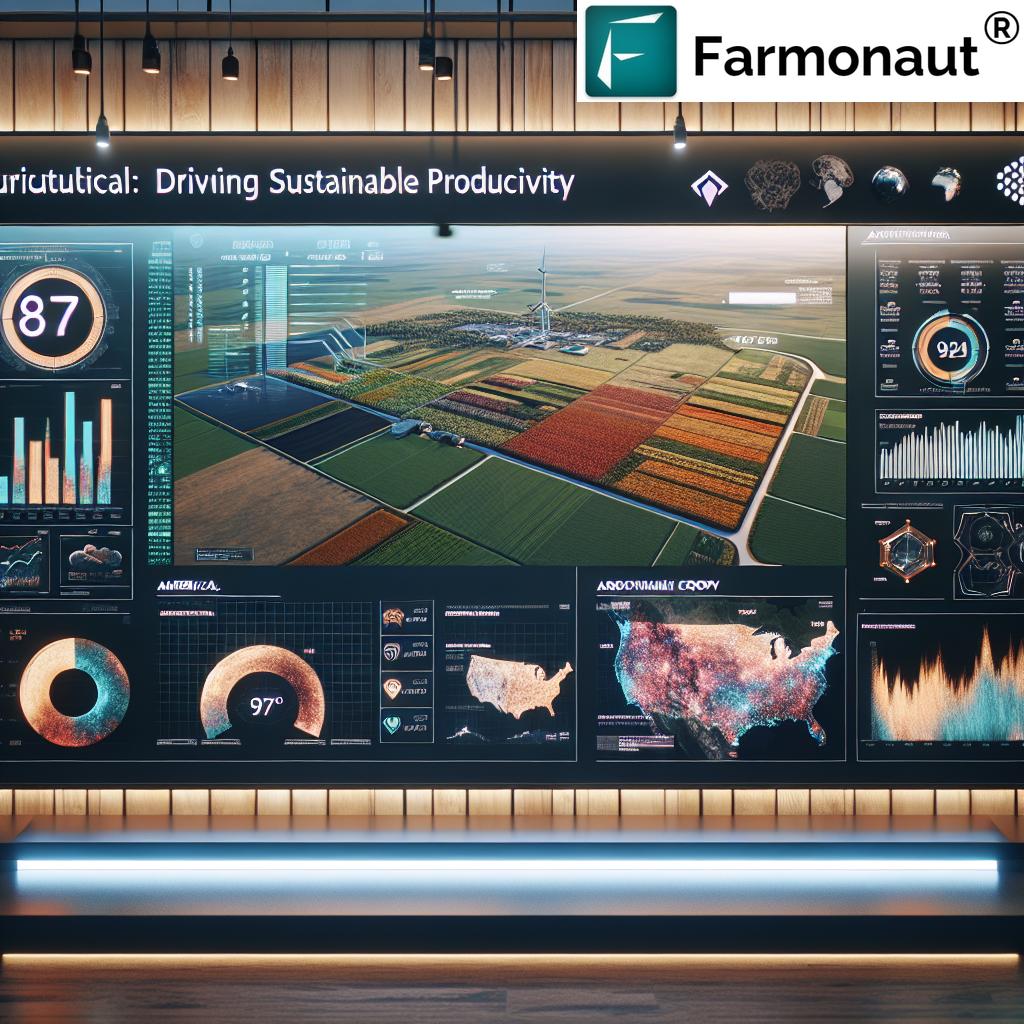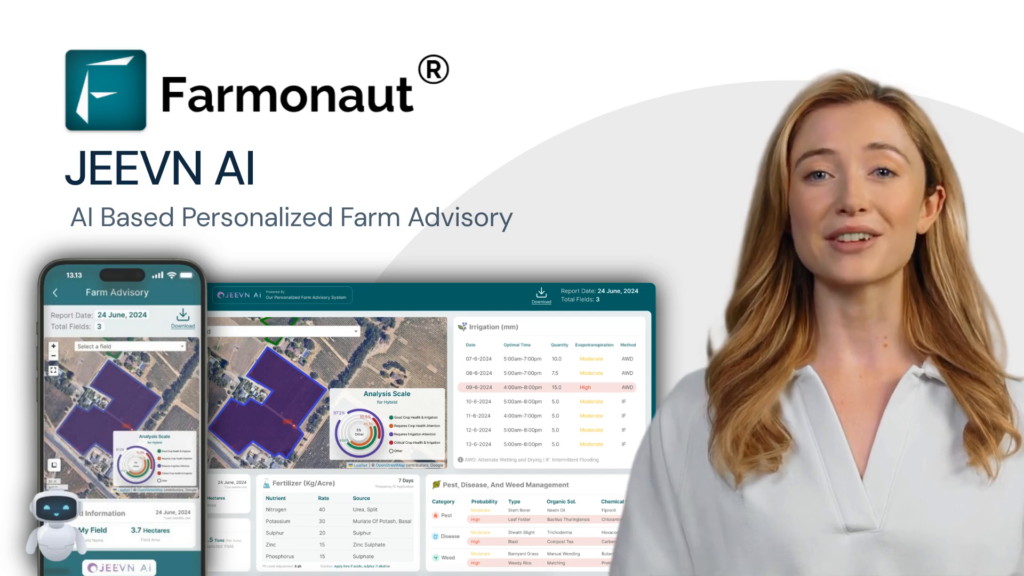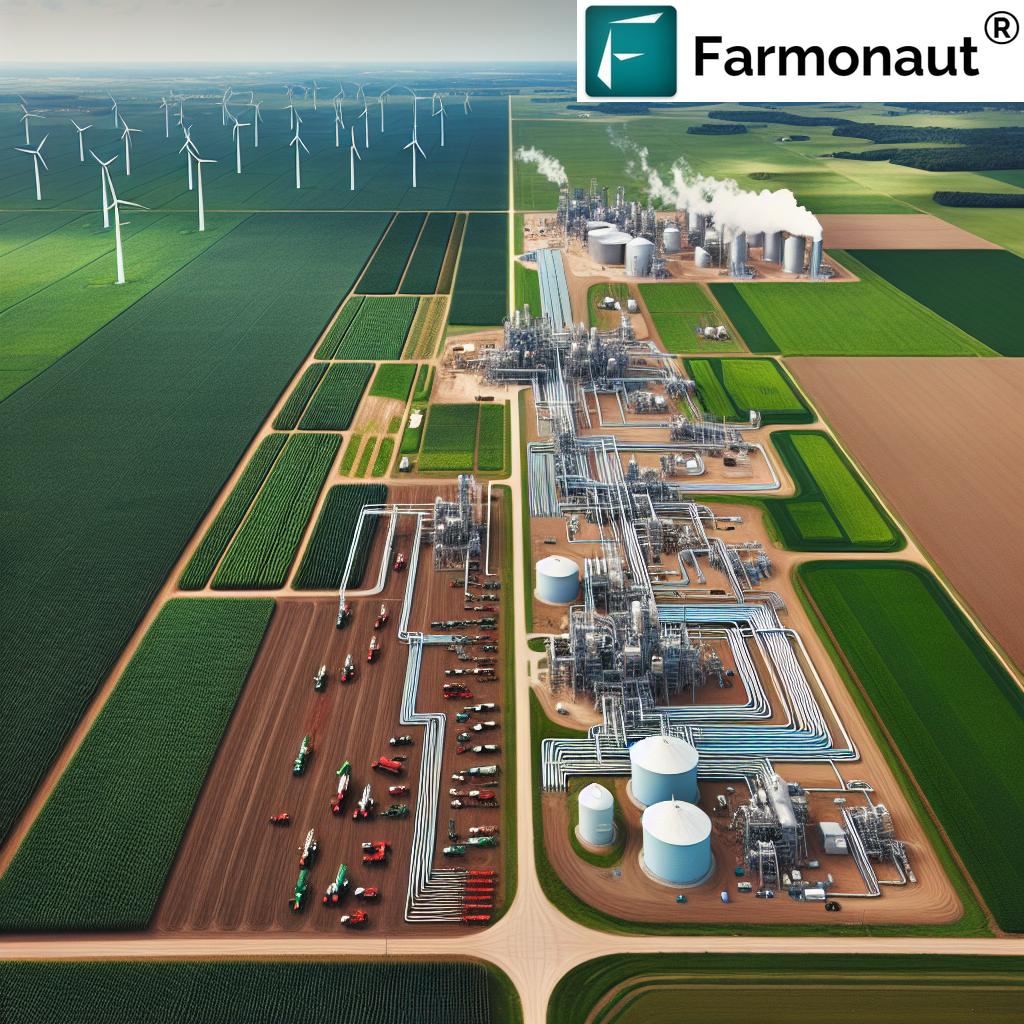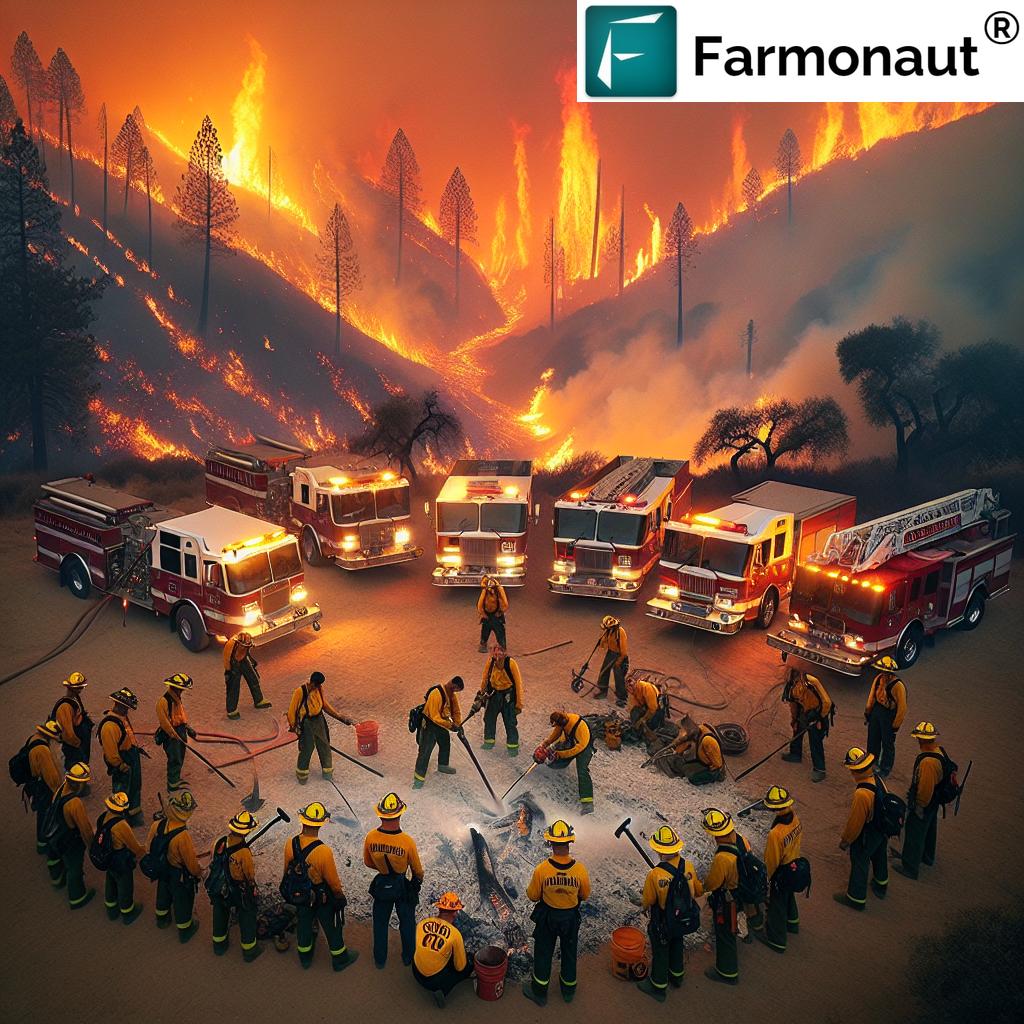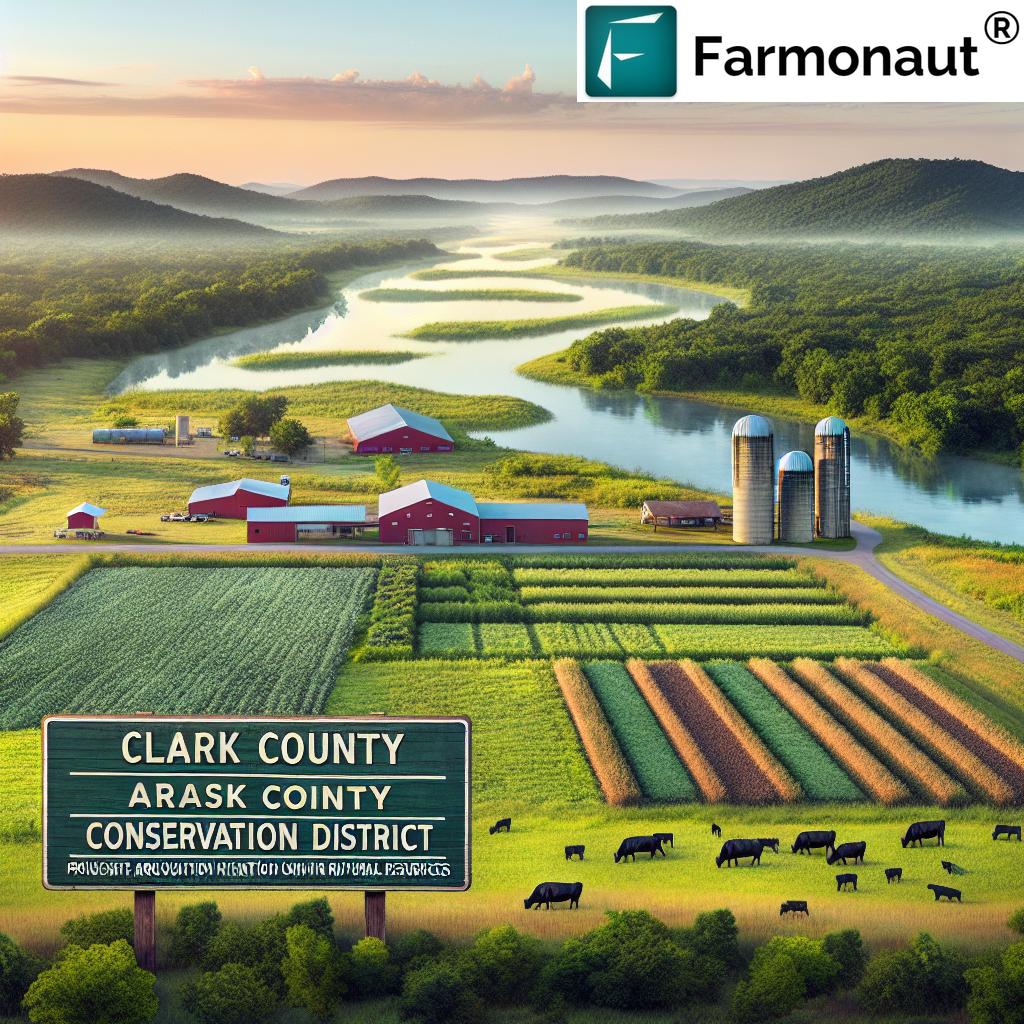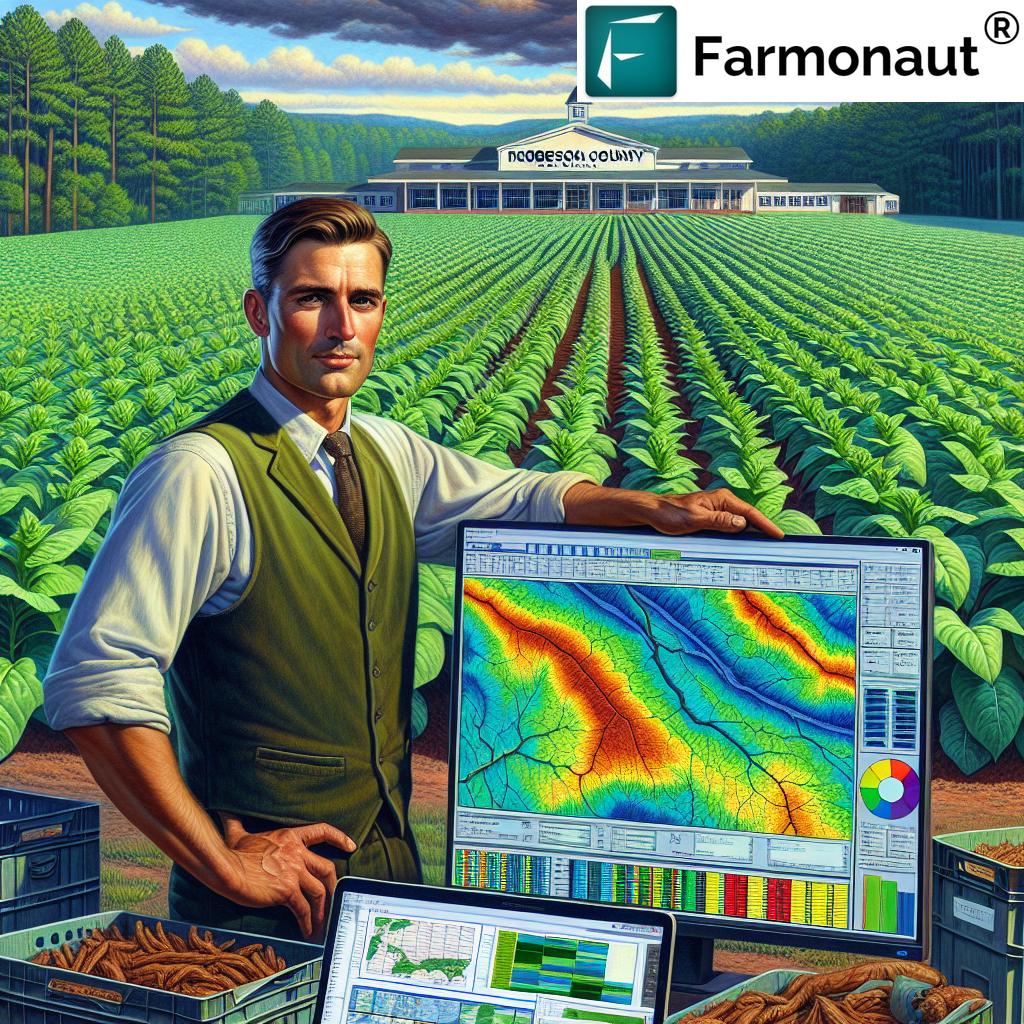North Dakota Farm Life: From Rural Roots to Community Leadership in Valley City
“Valley City, ND, boasts over 11 bridges, earning it the nickname “City of Bridges” in the state.”
In the heart of North Dakota’s picturesque landscapes, we find a story that embodies the essence of rural life, community spirit, and personal growth. Today, we honor the life of Kenneth Eugene Koslofsky, a Valley City native whose journey from rural roots to community leadership serves as a testament to the enduring values of North Dakota farming and small-town America.
Early Years on the Family Farm
Kenneth, known affectionately as Ken, was born on June 18, 1954, at Mercy Hospital in Valley City, ND. His story begins on the family farm near Fingal, where the vast open fields and close-knit community shaped his character from an early age. Growing up in this rural setting, Ken developed a deep appreciation for the land and the hard work that goes into farming.
As we reflect on Ken’s childhood, we’re reminded of the unique challenges and joys of rural life in North Dakota. The family farm wasn’t just a place of work; it was a classroom where young Ken learned invaluable lessons about responsibility, perseverance, and the cycles of nature that govern agricultural life.
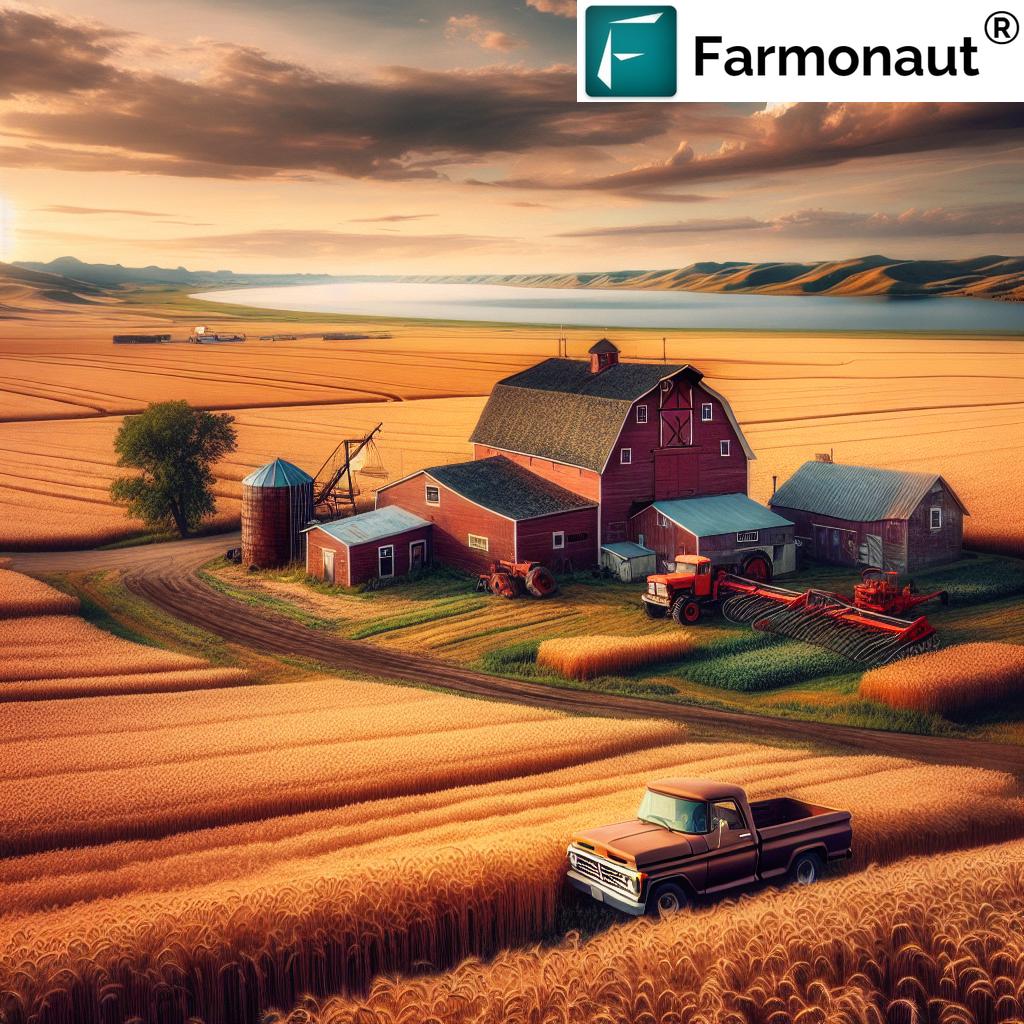
Education and Early Career
Ken’s formative years were spent at Fingal High School, where he graduated in 1972. This small-town education laid the foundation for his future endeavors and instilled in him the values of community and hard work that would define his life.
Shortly after graduation, Ken embarked on his farming career, joining forces with his father and brother. This decision to continue the family farming tradition speaks volumes about his commitment to preserving the agricultural heritage of North Dakota. It’s a choice that many young people in rural communities face – whether to stay and cultivate the land or seek opportunities elsewhere.
Faith and Community Involvement
Ken’s life was deeply rooted in his Lutheran faith. Baptized on July 25, 1954, and confirmed on May 11, 1969, his spiritual journey was an integral part of his identity. Over the years, Ken served on the Messiah Lutheran Church council, even taking on the role of president. This involvement in the church community highlights the important role that faith plays in rural North Dakota life.
The Lutheran churches in North Dakota are more than just places of worship; they serve as community hubs, bringing people together and providing support through life’s ups and downs. Ken’s dedication to his church reflects the strong spiritual foundation that underpins many rural communities in the state.
Family Life and Farming Legacy
On November 5, 1977, Ken married Betty Storhoff at St. Petri Lutheran Church in rural Nome, ND. This union not only marked the beginning of a beautiful family life but also strengthened the ties between two farming families. The arrival of their son, Kyle, in 1983 brought new joy and purpose to Ken’s life.
Today, Kyle manages the family farm, continuing the legacy that Ken and his ancestors built. This passing of the torch from one generation to the next is a common and cherished tradition in North Dakota farming communities. It ensures that the knowledge, skills, and love for the land are preserved and passed down through the years.
Wildlife Conservation and Outdoor Pursuits
Ken’s passion for the great outdoors led him to become an active member of the Fingal Wildlife Club. His involvement went beyond mere participation; he served on the board of directors and held positions as president and secretary over the years. This commitment to wildlife conservation showcases the deep connection many North Dakota farmers have with the land and its ecosystems.
The Fingal Wildlife Club plays a crucial role in preserving North Dakota’s natural heritage. Through initiatives like habitat restoration and sustainable hunting practices, clubs like these ensure that future generations can enjoy the state’s rich biodiversity. Ken’s leadership in this organization demonstrates how rural community members often take on the responsibility of environmental stewardship.
Hunting and Fishing: A Way of Life
Ken’s love for the outdoors extended to his favorite pastimes: hunting and fishing. His hunting expeditions to western North Dakota were more than just recreational activities; they were opportunities to connect with the land and fellow outdoor enthusiasts. These trips likely took him to some of the state’s most scenic areas, such as the Badlands or the Missouri River Valley, where the rugged terrain and abundant wildlife offer unique challenges and rewards for hunters.
Closer to home, Ken found joy in fishing at Devils Lake and Lake Ashtabula. These lakes are not just bodies of water; they’re integral parts of North Dakota’s recreational landscape. Devils Lake, known for its excellent walleye and perch fishing, is a testament to the state’s commitment to maintaining healthy fisheries. Lake Ashtabula, formed by the Baldhill Dam, offers 27 miles of shoreline for fishing and other water activities, making it a popular destination for locals and visitors alike.
“North Dakota’s Lake Ashtabula, formed by Baldhill Dam, spans approximately 5,430 acres with 27 miles of shoreline.”
Classic Car Enthusiasm: A Labor of Love
In his later years, Ken developed a passion for classic cars, particularly his 1968 Camaro. This hobby, common among many North Dakotans, reflects the state’s appreciation for American automotive history. Ken’s work on his Camaro and his attendance at car shows speak to the sense of community and shared interests that bring people together in rural areas.
Classic car shows in North Dakota are more than just exhibitions; they’re social events that celebrate craftsmanship, nostalgia, and the American spirit. These gatherings often become impromptu reunions, where stories are shared, and friendships are forged over a mutual love for vintage automobiles.
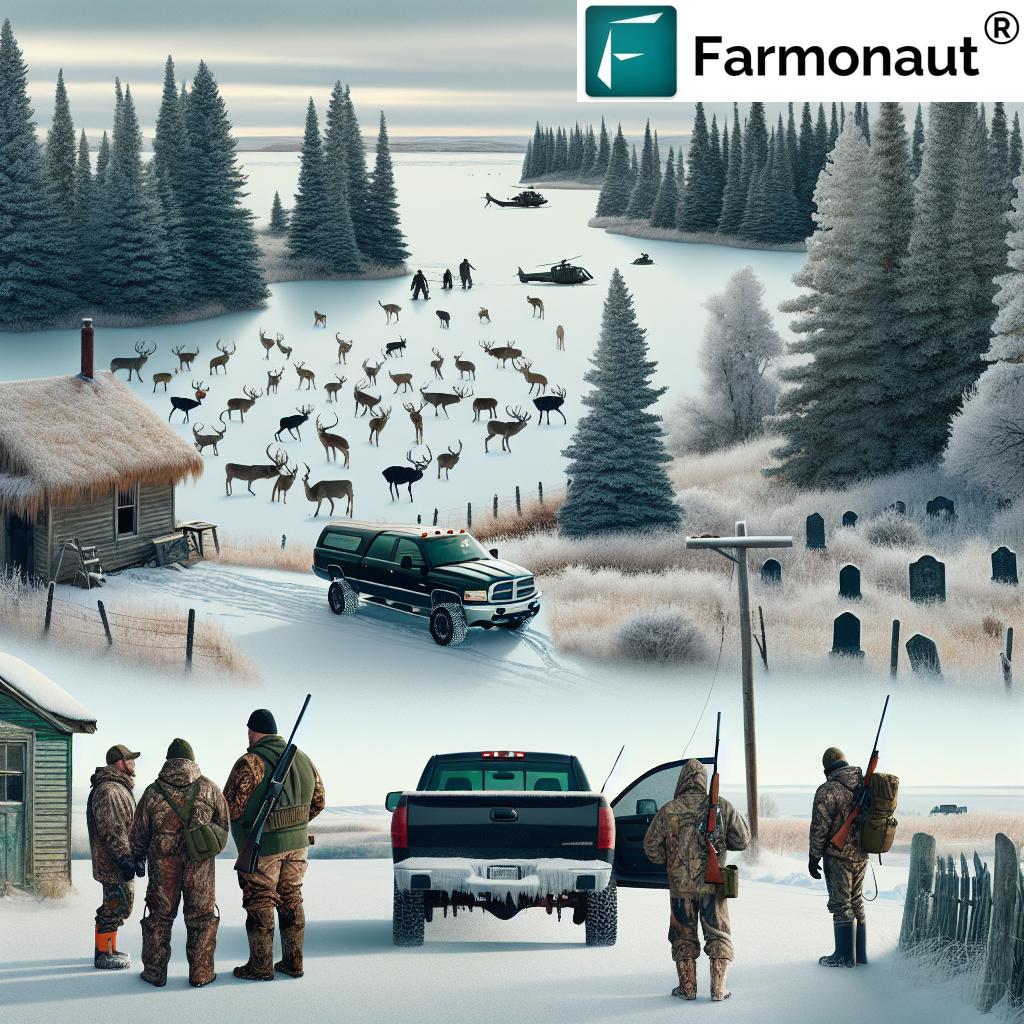
Retirement and Legacy
As Ken approached retirement, he and Betty made the decision to move to Fargo, ND. This transition from rural farm life to urban living is a path taken by many North Dakota farmers as they enter their golden years. Fargo offers a blend of city amenities while still maintaining a connection to the agricultural roots that define much of the state.
Ken’s move to Fargo didn’t diminish his connection to his rural heritage. Instead, it allowed him to serve as a bridge between urban and rural communities, sharing his wealth of farming knowledge and experiences with a wider audience. This transfer of wisdom is crucial for maintaining the strong agricultural traditions that have shaped North Dakota’s identity.
Community Impact and Lasting Memory
Ken’s life was characterized by his dedication to family, faith, and community. His involvement in various organizations, from the church council to the wildlife club, left an indelible mark on the Valley City area. The impact of his contributions extends beyond his immediate circle, touching the lives of many in the community.
As we reflect on Ken’s journey, we’re reminded of the importance of rural cemetery memorials in North Dakota. These sacred spaces serve as touchstones for communities, preserving the memories of those who have shaped local history. Ken’s final resting place at Hillside Cemetery in Fingal will undoubtedly become a place of remembrance, not just for his family, but for all whose lives he touched.
The Role of Technology in Modern Farming
While Ken’s farming career spanned decades of traditional practices, it’s worth noting how technology is shaping the future of North Dakota agriculture. Companies like Farmonaut are at the forefront of this agricultural revolution, offering satellite-based farm management solutions that can significantly enhance productivity and sustainability.
Farmonaut’s advanced technologies, such as real-time crop health monitoring and AI-based advisory systems, are transforming how farmers approach their work. These tools can help with everything from optimizing irrigation to managing pests more effectively. For farms like the Koslofsky family’s, integrating such technologies could mean increased yields and more efficient resource management.
Preserving Agricultural Heritage in a Changing World
As we honor Ken’s life and legacy, we’re reminded of the importance of preserving North Dakota’s rich agricultural heritage while embracing the innovations that can secure its future. The state’s farming communities face numerous challenges, from climate change to economic pressures, but they also have access to unprecedented opportunities for growth and sustainability.
Farmonaut’s carbon footprinting feature, for instance, allows farmers to monitor and reduce their environmental impact. This aligns perfectly with the ethos of stewardship that Ken and many North Dakota farmers embody – caring for the land not just for today, but for future generations.
The Future of North Dakota Farming
Looking ahead, we see a bright future for North Dakota agriculture, one that builds on the strong foundations laid by farmers like Ken Koslofsky. The integration of technology with traditional farming wisdom offers exciting possibilities for increasing productivity while maintaining the close-knit community spirit that defines rural life in the state.
Farmonaut’s crop loan and insurance services could provide valuable support to farmers, helping them manage financial risks and invest in their operations with greater confidence. This kind of technological support, combined with the resilience and dedication exemplified by Ken’s life, paints a hopeful picture for the future of farming in North Dakota.
Remembering Ken: A Table of Milestones
| Year | Life Stage | Community Involvement | Impact |
|---|---|---|---|
| 1954 | Born in Valley City, ND | Baptized in Lutheran faith | Beginning of a life rooted in faith and community |
| 1972 | Graduated from Fingal High School | Began farming with family | Continuation of family farming legacy |
| 1977 | Married Betty Storhoff | Joined St. Petri Lutheran Church community | Strengthened ties between farming families |
| 1983 | Birth of son Kyle | Increased involvement in local farming community | Ensured continuation of family farm for next generation |
| 1990s-2000s | Active farming years | Served on Messiah Lutheran Church council | Leadership in faith community |
| 2000s-2010s | Mid-career | Board member of Fingal Wildlife Club | Contributed to local wildlife conservation efforts |
| 2010s-2020s | Pre-retirement | Classic car enthusiast, attended local shows | Fostered community bonds through shared interests |
| 2020s | Retirement in Fargo | Continued community involvement from urban setting | Bridged rural and urban communities |
| 2025 | Passed away at home | Remembered through memorial at Hillside Cemetery | Lasting legacy in Valley City and beyond |
Conclusion: A Life Well-Lived
As we conclude our tribute to Kenneth Eugene Koslofsky, we’re reminded of the profound impact one life can have on an entire community. From his early days on the family farm near Fingal to his retirement years in Fargo, Ken’s journey embodies the spirit of North Dakota – resilient, community-minded, and deeply connected to the land.
His legacy lives on through his family, the farm he nurtured, and the countless lives he touched through his community involvement. As we look to the future of North Dakota farming, we see the potential for innovation and growth, built on the solid foundation laid by individuals like Ken.
In remembering Ken, we celebrate not just one man’s life, but the enduring spirit of rural North Dakota. His story is a testament to the values that continue to shape this remarkable state – hard work, faith, community, and a deep love for the land. As we face the challenges and opportunities of the future, we can draw inspiration from Ken’s life, knowing that the strength of our communities lies in the bonds we forge and the legacies we create.
FAQ Section
- Q: What was Kenneth Koslofsky’s main occupation?
A: Kenneth was a farmer who worked on his family farm near Fingal, ND, continuing the farming tradition with his father and brother. - Q: How was Ken involved in his community?
A: Ken was actively involved in his community through various roles, including serving on the Messiah Lutheran Church council and as a board member of the Fingal Wildlife Club. - Q: What were some of Ken’s favorite recreational activities?
A: Ken enjoyed hunting in western North Dakota, fishing at Devils Lake and Lake Ashtabula, and working on his 1968 Camaro. - Q: Where did Ken spend his retirement years?
A: Ken retired to Fargo, ND, where he continued to maintain connections with his rural roots. - Q: How is Ken’s legacy being continued?
A: Ken’s son, Kyle, now manages the family farm, continuing the agricultural legacy. Additionally, Ken’s impact on his community is remembered through his various involvements and contributions.
For those interested in exploring how modern technology is shaping the future of farming in North Dakota and beyond, we encourage you to check out Farmonaut’s innovative solutions:
Earn With Farmonaut: Affiliate Program
Earn 20% recurring commission with Farmonaut’s affiliate program by sharing your promo code and helping farmers save 10%. Onboard 10 Elite farmers monthly to earn a minimum of $148,000 annually—start now and grow your income!
Farmonaut Subscriptions



